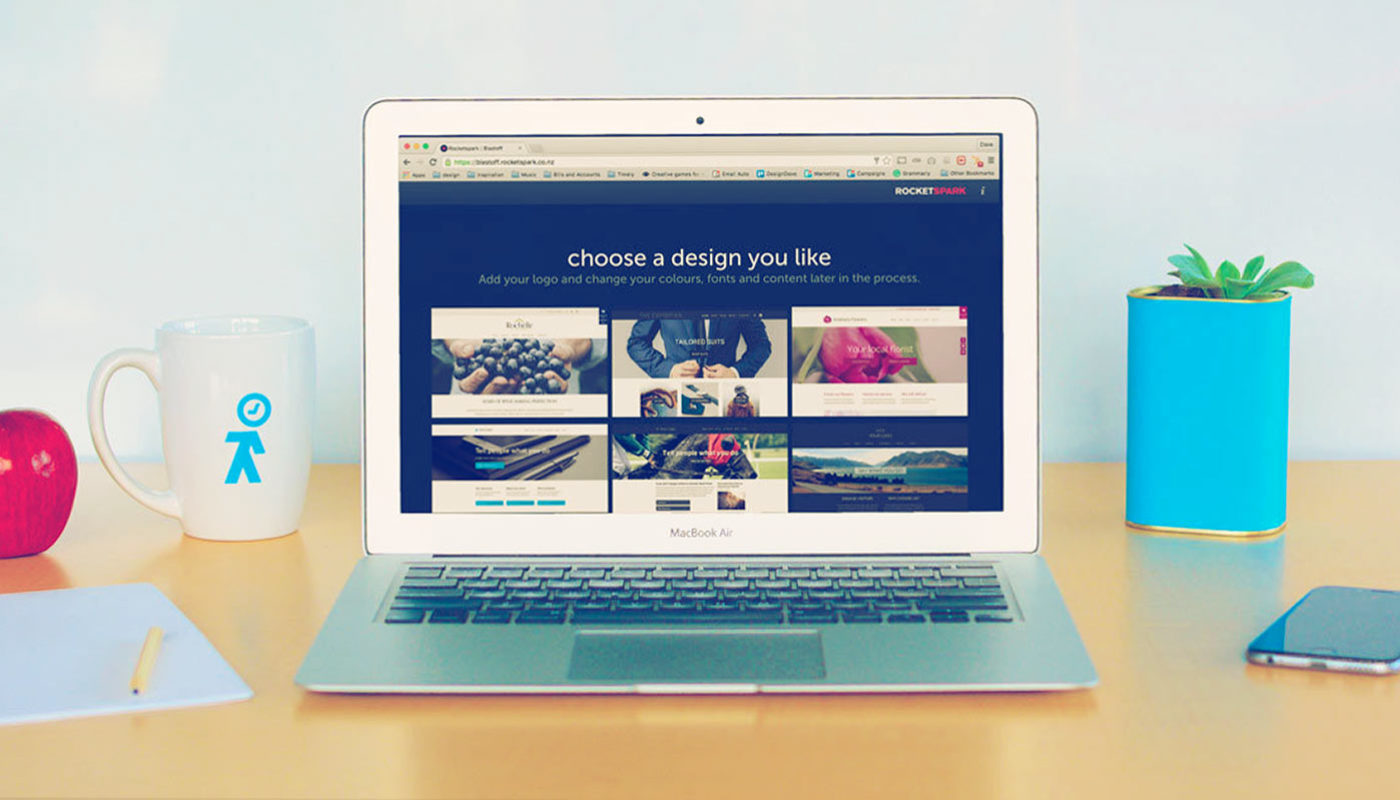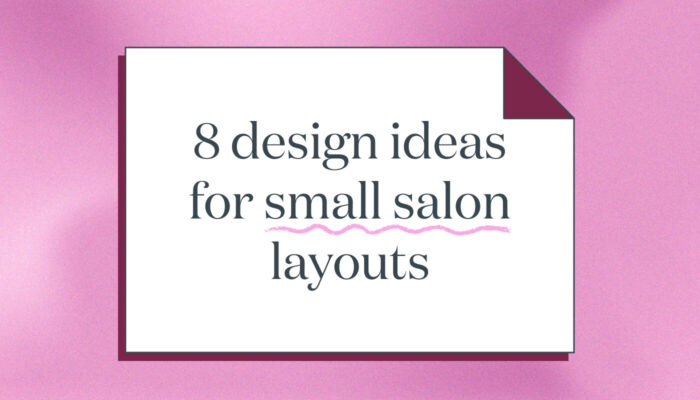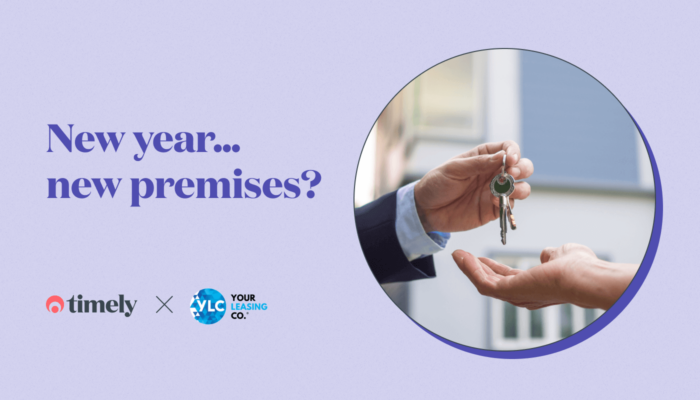Tips on building a website for your small business
So, you’ve got yourself a business - and now you need a website. It might sound a little bit intimidating, but no need to be overwhelmed! We’ve got you covered with a few basic tips to help you make a website as awesome as your business.

You don’t need to be a programmer or a web designer to build a useful, beautiful website nowadays. You just need a chunk of free time, some good pictures and a little bit of planning.
First of all, let’s address the elephant in the room: free time. If you’ve just opened your small business, it might be really tempting to put ‘make the best website’ on the back burner. Understandable! However, people overwhelmingly use the internet to research before spending their money, and if you’re not showing up in search results, that’s a lot of eyes you’re not getting in front of. That’s why we give our customers a free mini-website, so they don’t miss out on online traffic and bookings.
But if you’re ready to make your own, we’ve got some tips for you. Here are a few things to keep in mind when building a website for your small business that will make the process 1,000 times smoother (approximate number).
Templates
Building a website doesn’t need to involve hiring a team, as long as you don’t mind devoting some time to learning how to navigate a new tool. But if you’re able to learn how to use booking software, you can definitely learn to navigate Rocketspark or Squarespace or Weebly. Those are just three of the many website builders out there. They all offer a variety of templates and design options, some free, others suited to any range of budget.
When choosing a template, it’s probably best to search for something with a similar aesthetic to your brick-and-mortar business, if you have one. It can be easy to get distracted by all the amazing options! But if you’ve opened a serene, minimalist studio, choosing a quirky, colorful template won’t serve you well.
Images
High resolution, professional, gorgeous images are key in the health and beauty industry. Your website should reflect the quality you offer your customers, after all! If you don’t have the camera or the know-how to take the kind of shots you want, consider splurging a bit and hiring a freelancer.
You may even want to consider a gallery of images; this can be a great tool for makeup artists, photographers or tattoo artists whose skills need to be on immediate display. If that’s an option you’re considering, keep that in mind when choosing your design! There are a lot of great image-centered options.
If you don’t need an image gallery, you should still think about what kind of message you want to send. Most small businesses will want a few different types:
- Before-and-after shots (great for salons and personal trainers)
- End product shots (great for hair and beauty professionals, nutritionists)
- Action shots (great for salons, personal trainers, massage therapists)
- Location shots (great for pretty much everyone!)
If you get those four types of shots, you’ll be able to sell your skills, your results, and your space.
Customers
A beautiful template with stunning images – what’s left?
Information
Why are your customers going to your website? What kind of information will they want most immediately?
Let your customers’ needs influence the design of your website.
It can help to break the information down into levels, ranging from top-level info (most important, should be immediately accessible) to bottom-level info (needs to be available, but doesn’t need to be as readily findable).
Top-level info
This is information that needs to be either ON the home page or ACCESSIBLE from the home page in a single, easy-to-find click. It’s fine if you don’t want your contact info on the homepage, but a visitor to your website should be able to find the Contact tab quickly and easily. No one should be hunting for top-level information.
- Opening hours
- Contact information
- Booking button
Mid-level info
This is information that can be on the homepage but doesn’t have to be. For example, testimonials are great for a lot of businesses. But listing every compliment your business has ever received might be overkill. Try putting a single quote on the home page; visitors can click on that quote to read more quotes from happy folks. Similarly, your staff and their bios don’t need to be on your home page, but since it’s frequently useful information that your customers will want to know, make it really easy for them to find the Staff Info page. Maybe there’s a Staff tab in the navigation bar, or maybe Staff is an option in an About drop-down menu. Either way, mid-level info shouldn’t be more than one or two clicks away.
- Prices
- Testimonial
- Staff
Bottom-level info
This is for the hard-core visitors. They know how to contact you, they’ve explored all your happy customers’ testimonials, they know what method of massage each of your staff is trained in. But they’re not done! Maybe they want to know how and when you started your business, what kind of products you use in your salon, what your training mantra is. These people are willing to do a little bit more sleuthing to get the extra info, so you don’t have to worry as much about making sure these sections are front and center. Don’t make anything too hidden or difficult to find (no need to frustrate anyone) but having this information two or three clicks away probably won’t lose you too many clients.
- History
- Philosophy
- Product (if relevant)
So although you might really want to share your story of how you were always the most athletic at school and never understood what it meant to have to work at exercise until you tore your ACL and had to spend a year learning how to dance again – is that the thing your customer needs to know when they first arrive at your page? Probably not. If they are interested enough to get to the point of wanting to know how you arrived at being a personal trainer, they’ll devote a couple clicks to finding out more! However, if they arrive and can’t even find your contact info or availability, they might just head off your website and on to someone else’s.
What all these tips come down to is this: you know your customers. You know your industry. So, give them what they need.
Think about what information they need most, and structure your website around that. Keep these tips in mind and you’ll end up with a website that offers a useful, beautiful experience – just like your business.


